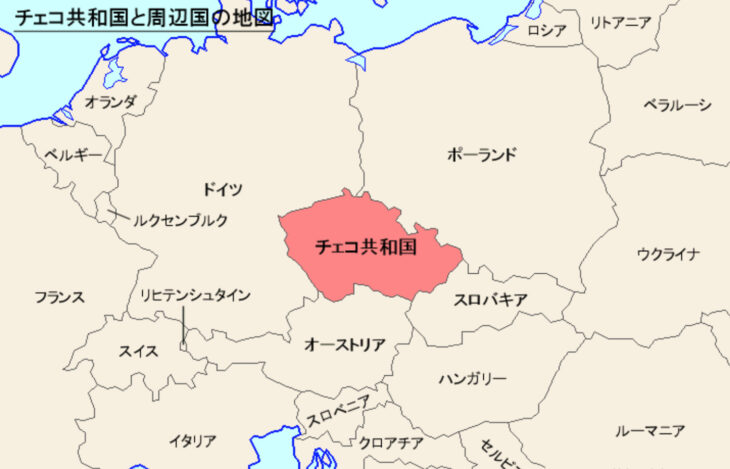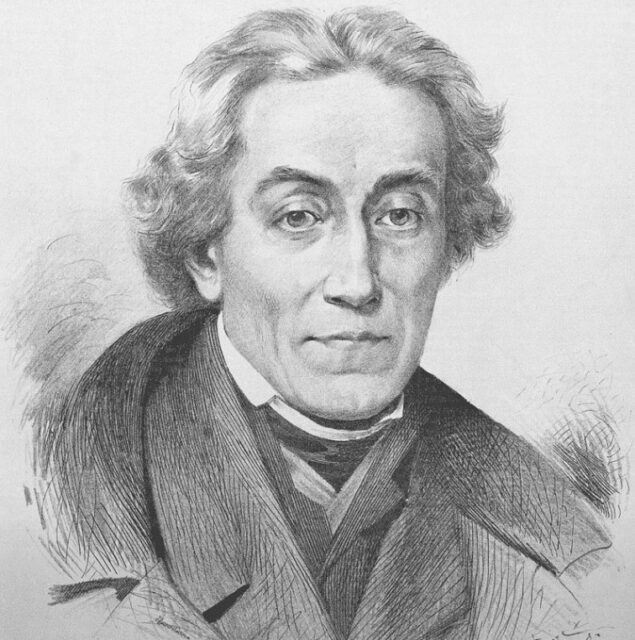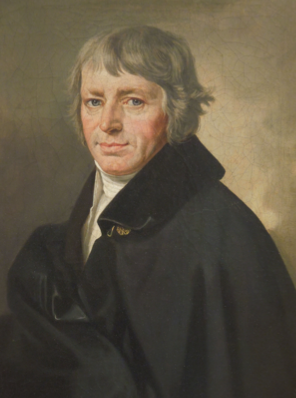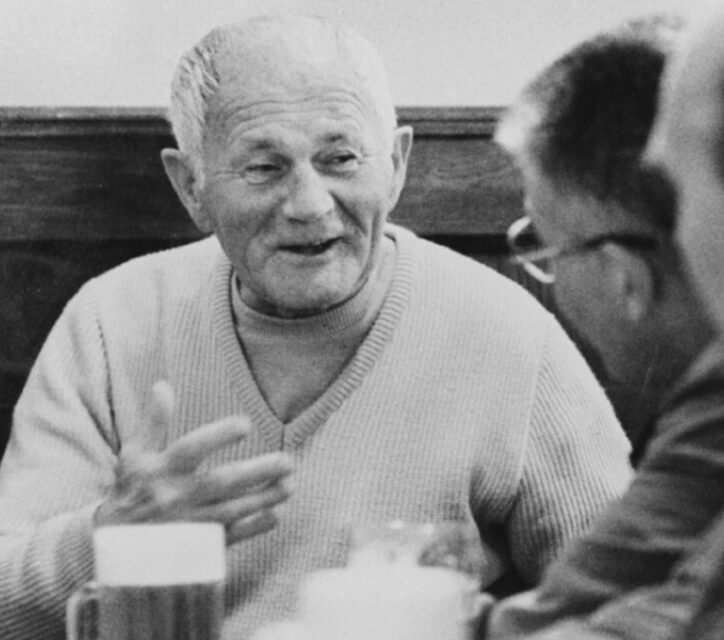目次
Introduction
This is a six-part series of lectures by experts in the arts and culture of Central and Eastern Europe, with the aim of conveying the charms of Central and Eastern European art and culture.
This year’s program will focus on literature from the Czech and Slovak periods, introducing the establishment of the state, social background, aesthetics, sense of humor, and fascinating languages. The influence of culture and language with neighboring countries on literature will also be introduced in an easy-to-understand manner.
Literature is based on the written medium of communication, which is often more tangible than music, visual arts, or physical performance. Of course, the experiences and sensibilities of readers vary, and it is a characteristic of the written medium that synonyms can be received in different contexts. Even more interestingly, literature from other languages and cultures can make a difference when translated into the reader’s native language. This is also true of film, theater, and other forms of art media that use language, and it is interesting to be able to examine and study them from other angles.
This time, we had linguistics researcher, translator, and language teacher Lucie Onari Kreslová give us a lecture on language and its cultural background through the Czech Republic and its literature.
We began the lecture with an overview and introduction to the Czech Republic, including the basic geography and historical background of the Czech Republic. The lecture was given on October 17, 2023, at Nihon University, College of Art, Art Comprehensive Course V under the theme of “Art and Society,” and this article is a summary of the lecture. The following is a simplified summary of the lecture.
About the Czech Republic
Located roughly in the center of Europe, the Czech Republic is often described as the “Heart of Europe“. The Czech Republic, with its capital Prague, was founded in 1993.
Even though the Czech Republic is a small country, with a population of 10 million people, it has a rich culture and charm.
Czech is the home of many world-famous artists including novelist Franz Kafka (1883-1924), composer Antonín Dvořák (1841-1904), another composer Bedřich Smetana (1824-1884), or filmmaker Miloš Forman (1932-2018).
The Beginning of Czech Literature
First of all, you may think of “Czech literature” as texts written in the Czech language, but in fact, there is more to it than that. For example, the old Czech literature with religious topics and motives was often written in Latin. Later, there was a time when texts were also written in German. That means that Czech literature is not only that which was written exclusively in the Czech language. There are also literary works written in other languages by Czechs who emigrated to various countries.
Czech literature has a rich history that dates back to the Middle Ages. Its beginnings can be dated back to the 13th century, when the first written monuments in the Czech language began to appear.
- The humanism
Around the 15th century or so, a period begins in which the focus shifts from books on divine and religious subjects to people and language itself.
For example, Vikorín Kornel ze Všehrd (1460-1520) was an important figure who advocated that a person educated in the Czech language should also write in Czech.
Václav Hájek (late 15th century-1553) was the author of the Czech chronicle, Jan Blahoslav (1523-1571) was the standardizer of Czech grammar and Adam z Veleslavína (1546-1599) compiled a dictionary in four languages.
This was followed by the invention of letterpress printing by Johannes Gutenberg (1398-1468), which, along with printing technology, led to the expansion of the Czech language and a revolution in literature.
In 1627, the Restored land establishment was promulgated and German became a second language, used in conjunction with Czech, and much literature was written in German. This led to a gradual stagnation in the development of the Czech language, which ended up being spoken mainly in the countryside and areas with little education. Also, fewer and fewer things were written in Czech. For these reasons, a “national revival” (Národní obrození) of Czech identity and the Czech language also took place during the same period. This process marks an important period in Czech literature and its history.
National revival
The “national revival” (národní obrození) began in the late 18th century.
- Revival of the Nation Phase I
In the first phase of the country’s revival, there was a movement to preserve the language, represented for example by Josef Dobrovský (1753-1829), an important figure in Czech history and also the creator of the German-Czech dictionary. When making the dictionary he used a scientific approach to supplement words and sentences that existed in German but did not yet exist in Czech.
Purist Czech language proponents also created some new words by using linguistic systems from German or Latin. For example, German has several word stems that are connected to form words. In Czech, there was no word for “handkerchief,” so they applied this way of creating words called composing and made a new Czech word „čistonosoplena“ (“clean” (čistý) + “nose” (nos) + “cloth “(plena).
It was also during this period that the first Czech newspaper, Kramerius, was made. At this time, theater performances for the Czech community also began to be performed in Czech. The goal was to play “Czech things in Czech for the Czechs”.
- Revival of the Nation Phase Ⅱ
The second part of the national revival was no longer in the hands of a few scientists and enthusiasts, but was a societal phenomenon which influenced both society and art.
People tried to find evidence that their nation was magnificent and had a rich and long history. At this time there was also a miraculous discovery of two manuscripts (Rukopis královédvorský and zelenohorský). The authenticity of these manuscripts was later investigated and found to be forgeries.

It was also during this period that the great achievements of Josef Jungmann (1773-1847), who compiled a Czech-German dictionary, and František Palacký (1798-1876), who researched the history of Bohemia and Moravia, among others, laid the foundation for the Czech Republic as we know it today.
・Revival of the Nation Phase ⅡI
In the second half of the 19th century, some people with a strong patriotic tendency appeared. They often focused on the educational function in their works and supported the formation of Czech identity.
・Romanticism
Often associated with an emphasis on emotional freedom and connection with nature.
The Romanticism of the time was a trend toward freedom in the various aspects of life, as exemplified by Karel Hynek Mácha’s (1810-1836) “May” (Máj).
Karel Jaromín Erben’s (1811-1870) also worked on his collection of narrative poetry from ethnic traditions, including folk literature, poetry, and fairy tales. The most notable example is the “Kytice”, a collection of 13 traditional folk tales.
・Realism
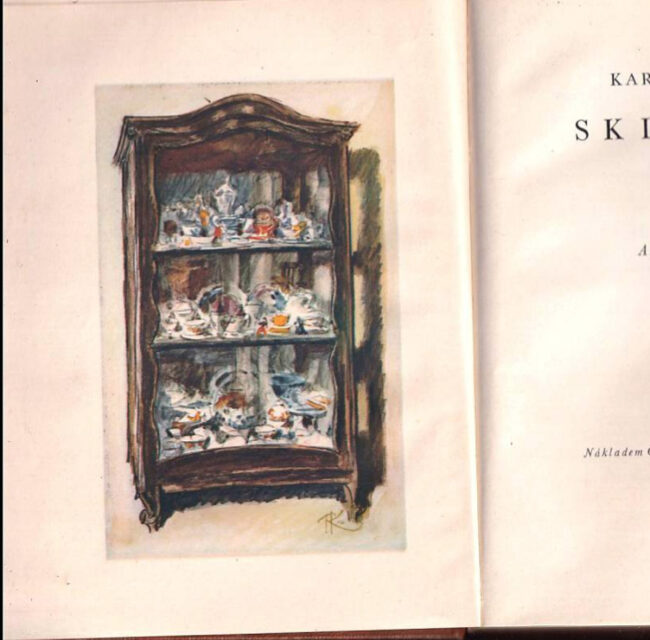
Božena Němcová (1820-1862) is probably the first female writer to appear in this issue. She also wrote many fairy tales, including “Proud Princess” and “Grandma”.
Karel Havlíček Borovský (1821-1856) was a pioneer who also emerged as a critic of Czech literature.
From the 1880s onward, realism often displayed “typical Czechness”. That included rural scenes and describing family and neighborhood relationships and problems.
An excellent example is „Skleník“ by Karel Václav Rais (1859-1926). The story describes a situation in the countryside where a young newlywed is ridiculed by the neighbors because she does not have a piece of furniture called “skleník”.
The Mrštíkové brothers (Bratři Mrštíkové) wrote a famous play called “Maryša”.
When speaking about theater, I should also mention that the National Theater was created in 1868. Unfortunately, the theater was destroyed by fire in 1881, but it was rebuilt in 1883 with the help of donations from the public, which is a testament to the people’s enthusiasm.
The 20th Century
The 20th century in Czech literature was strongly marked by the 1st and 2nd World Wars. Patriotism, national pride, and the defense of national culture were often expressed. Also, many works that deal with the tragedy of war have been written.
“The Fate of the Good Soldier Švejk” by Jaroslav Hašek (1883-1923) is a very popular story about a soldier who does whatever he is ordered to do. The story became very popular for its comedy and satire.

Many excellent authors were born and wrote during this time. Karel Čapek (1890-1938), along with Franz Kafka (1883-1924), is perhaps the most internationally known Czech writer. Although best known as a writer of children’s books and plays, he was also a journalist and a strong opponent of fascism, nationalism, race and gender discrimination. He produced a great variety and number of works, but he died at the young age of 48. Karel Čapek and his brother, the painter Josef Čapek (1887-1945), organized “Friday meetings” every Friday.
Various important figures participated in these meetings: Tomáš Garyk Masaryk (T. G. Masaryk 1850-1937), Edvard Beneš (1884-1948), Josef Šusta (1874-1945) , journalist Ferdinand Peroutka (1895-1978), and anti-militarist Fráňa Šrámek (1877-1952).
The word “robot” is also associated with Karel Čapek, who was the first to use it in his book R.U.R., but only a few people know that Karel Čapek did not actually invent this word. His brother Josef did.
It’s incredible how timeless his works are. So many years ago, for example, he warned about the possible destruction that technology could bring.
In “Short stories from 1 pocket” (Povídky z jedné kapsy), he explores the philosophical theme that the truth is different depending on which side of the argument one is on. He also wrote “The Makropulos affair,” “The white disease,” “War with the newts “and various other important works.
Czech prose writers since World War II
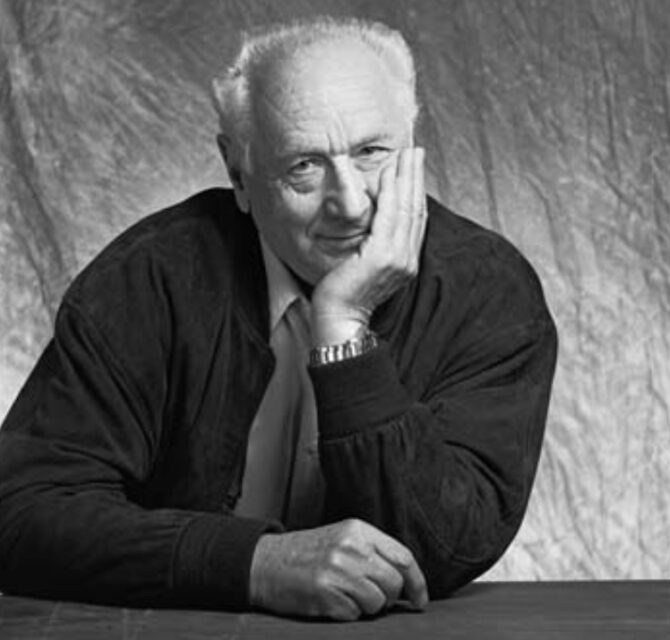
After the Second World War, Czechoslovak literature produced many important writers. Since there are so many, let’s take a look at least at a few of them.
Arnošt Lustig was born in 1926 and died in 2011. Because of his Jewish roots, he was sent to a concentration camp as a child. His family was also sent to concentration camps due to the persecution of Jews at the time. Luckily, he survived.
Later, in 1968, during a trip to Italy, he found out that the Soviet Union had invaded Czechoslovakia, and instead of returning to the Czech Republic, he fled to Yugoslavia, where he began working at a film studio in the capital city of Zagreb. Lustig then moved to Israel and the United States.
Many of Lustig’s literary works describe painful and traumatic experiences. Some of his best-known works on the theme of Jewish persecution is “A Prayer for Kateřina Horovitzová”.
Bohumil Hrabal (1914-1997) is the third major Czech-language writer of the 20th century, after Jaroslav Hašek and Karel Čapek. He is known for his use of real people as characters in his books.
He also challenged how far he could get with “Dancing lessons for the advanced in age”. The whole work is made of only one sentence.
Ota Pavel (1930-1973) left many memories of his childhood in Czechoslovakia including literary works about sports and fish as in “How I came to know fish”.
Milan Kundera (1929-2023) initially wrote in Czech, but later, after his exile, he began writing in French. “The Unbearable Lightness of Being,” “Immortality,” and “Joke” are some of his best-known books written in Czech, and his choice of words and sentences are noteworthy.
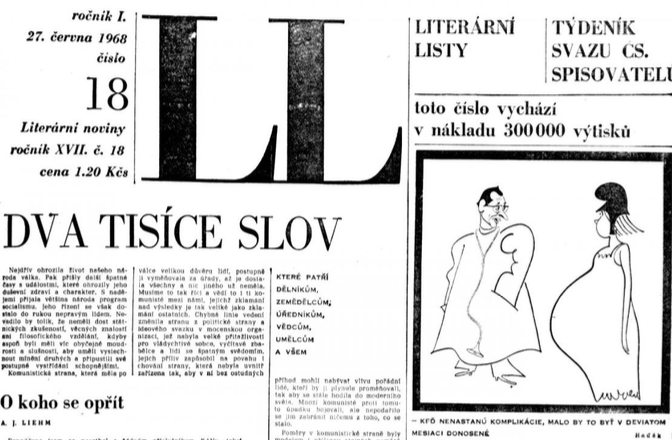
I should also mention Ivan Klíma (1931-). He is currently, together with Milan Kundera and Patrik Ouředník, the most translated living Czech author.
Lecture:Lucie Onari Kreslová
Language instructor, Translator, Comparative Literature Researcher



